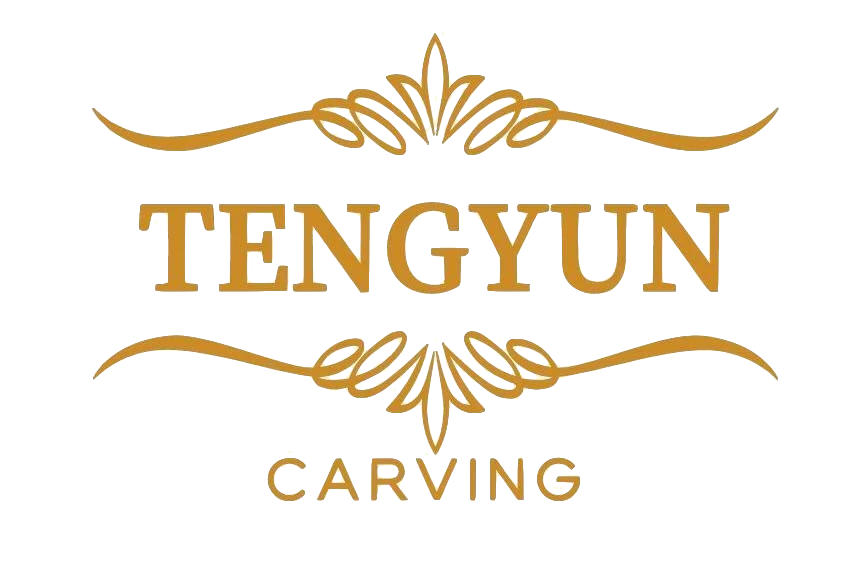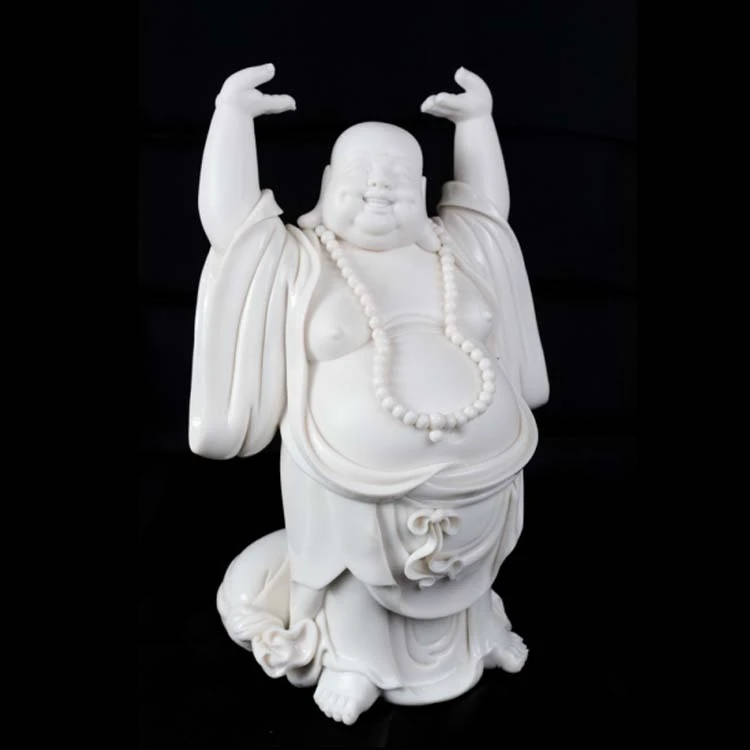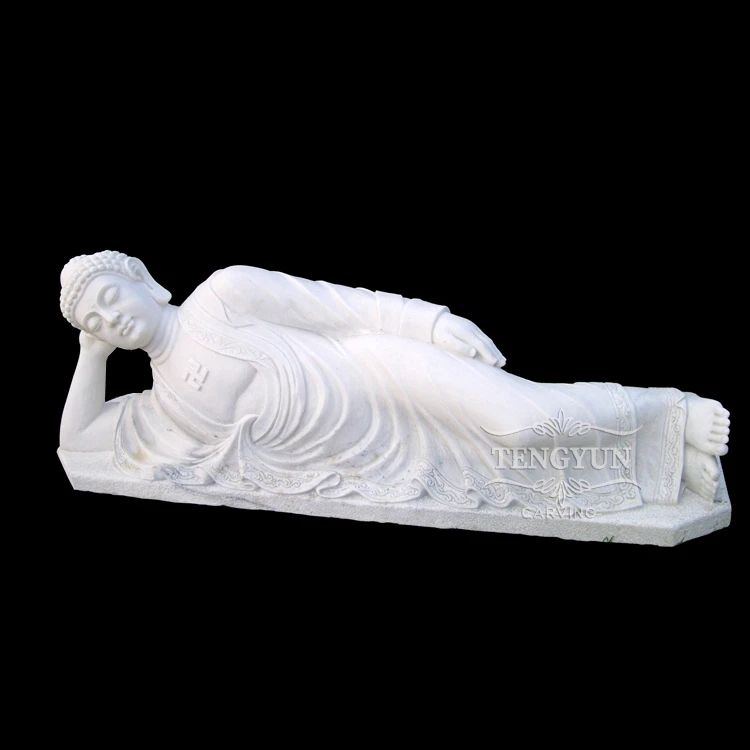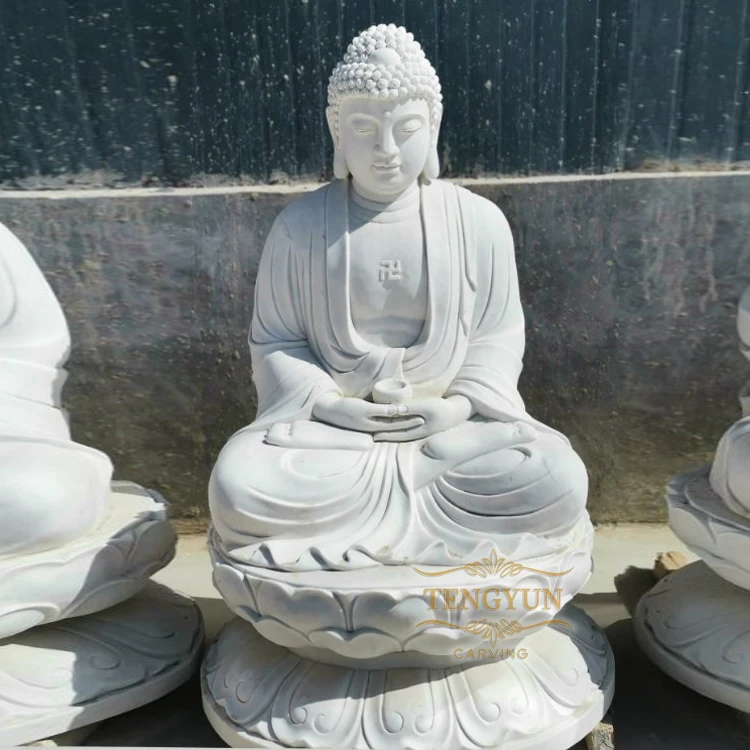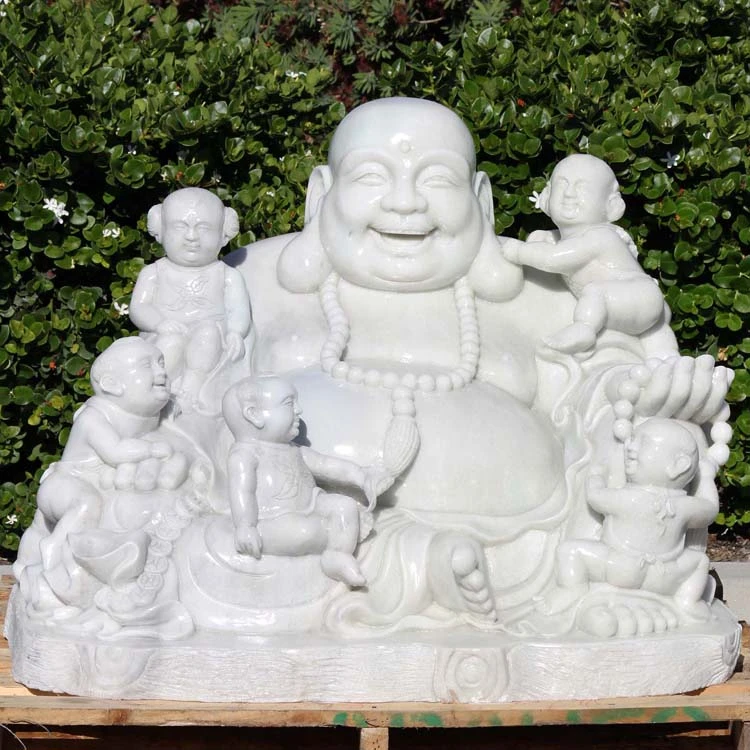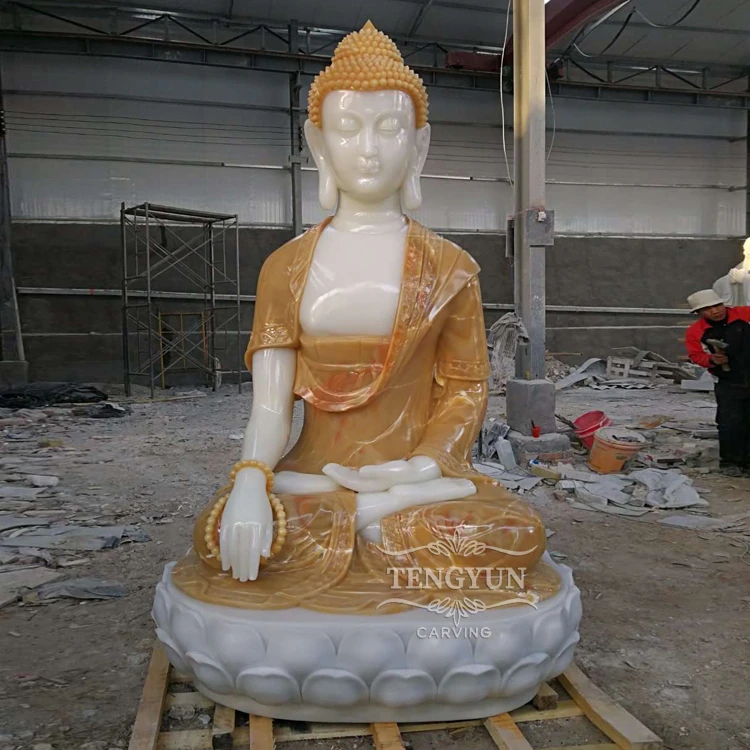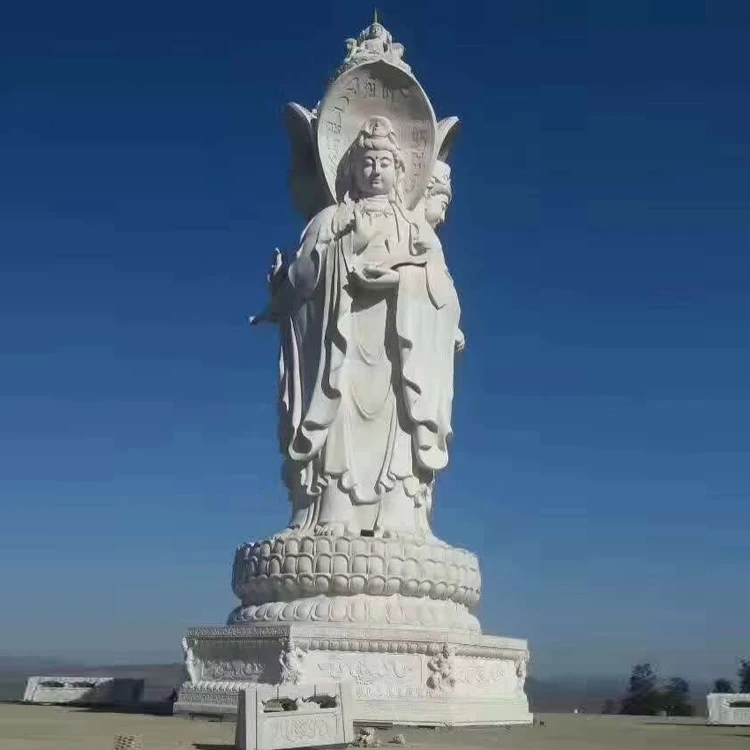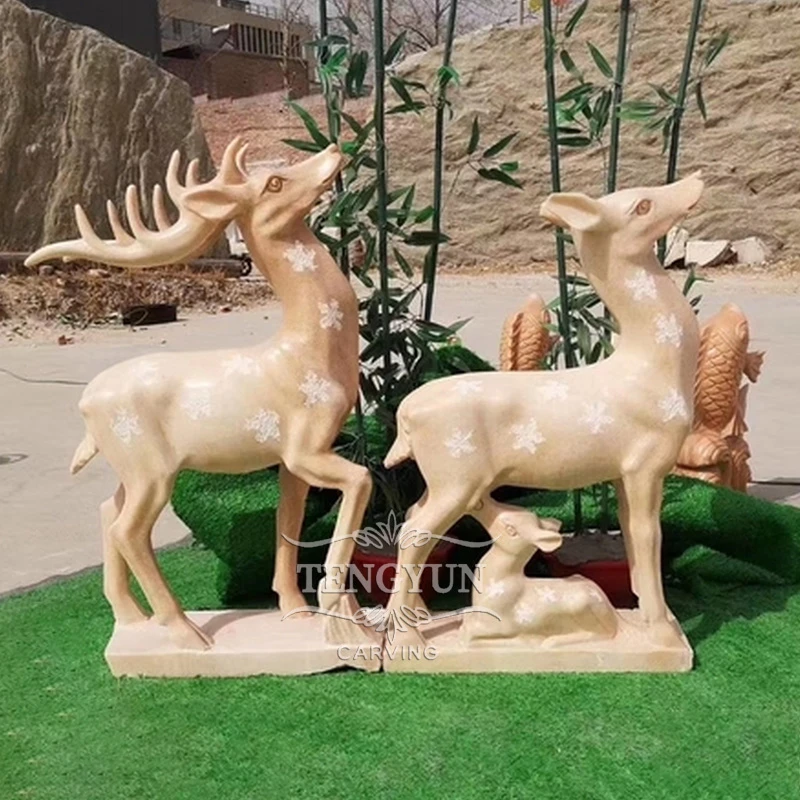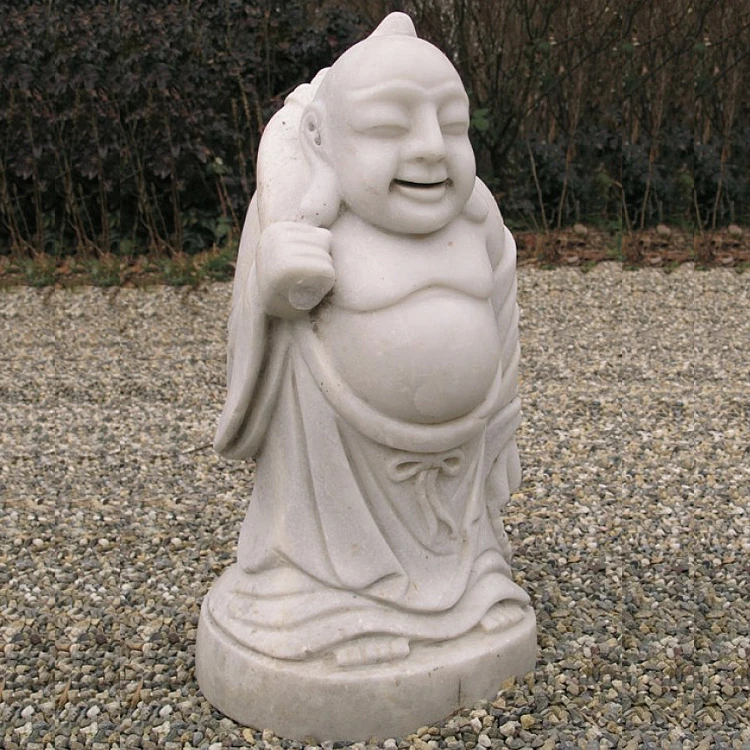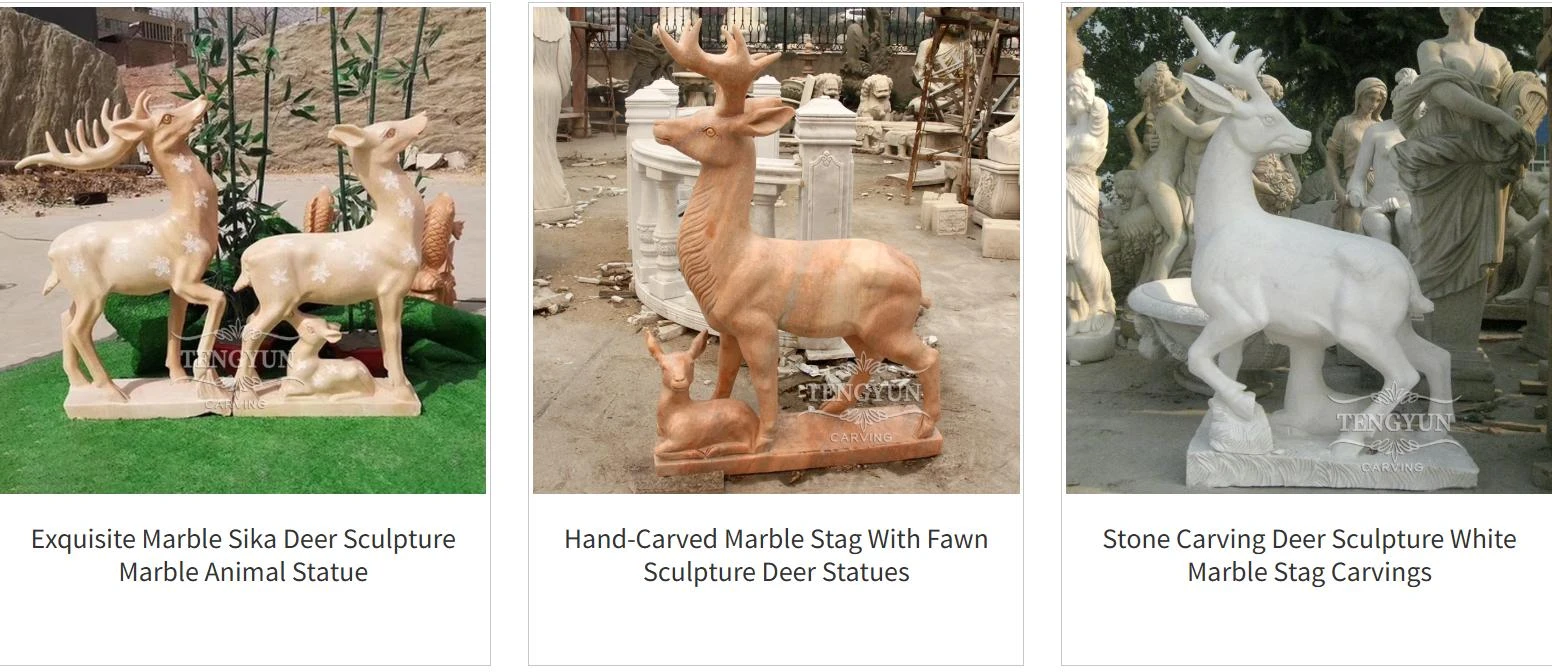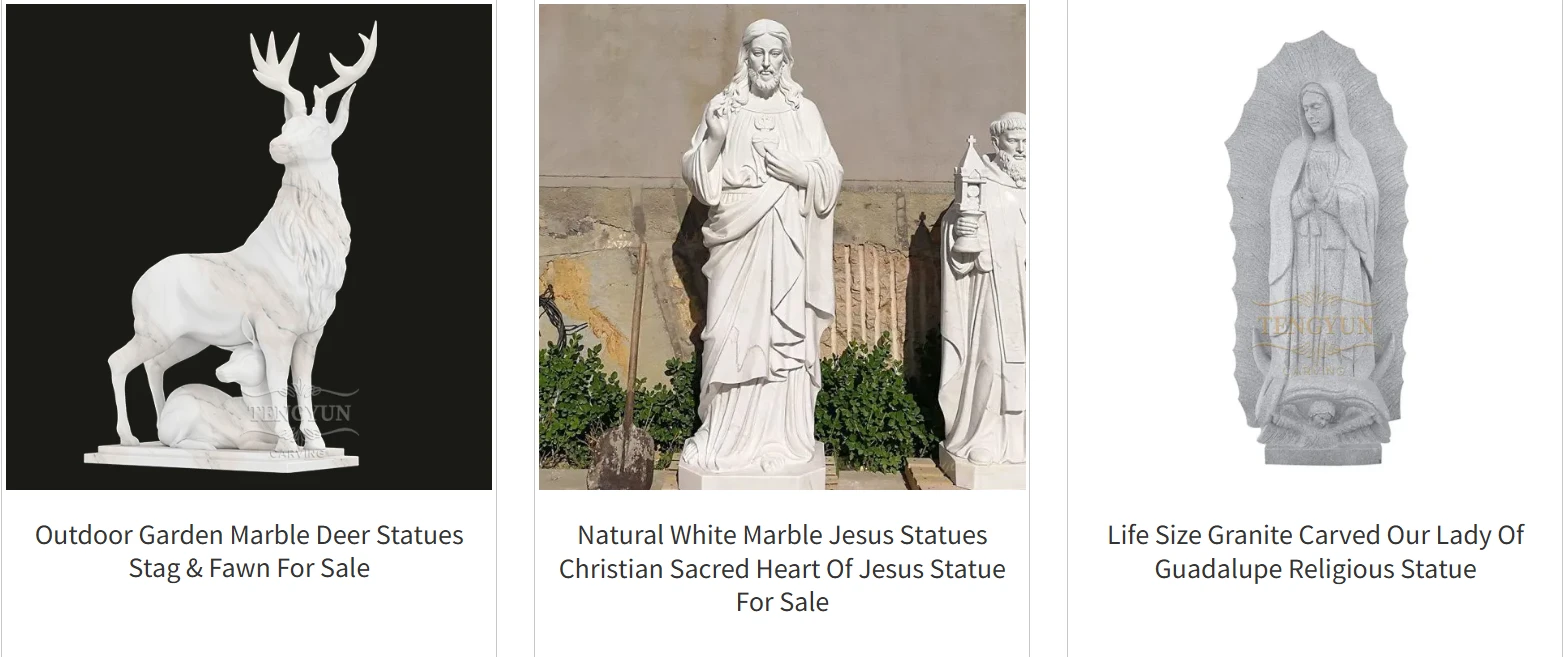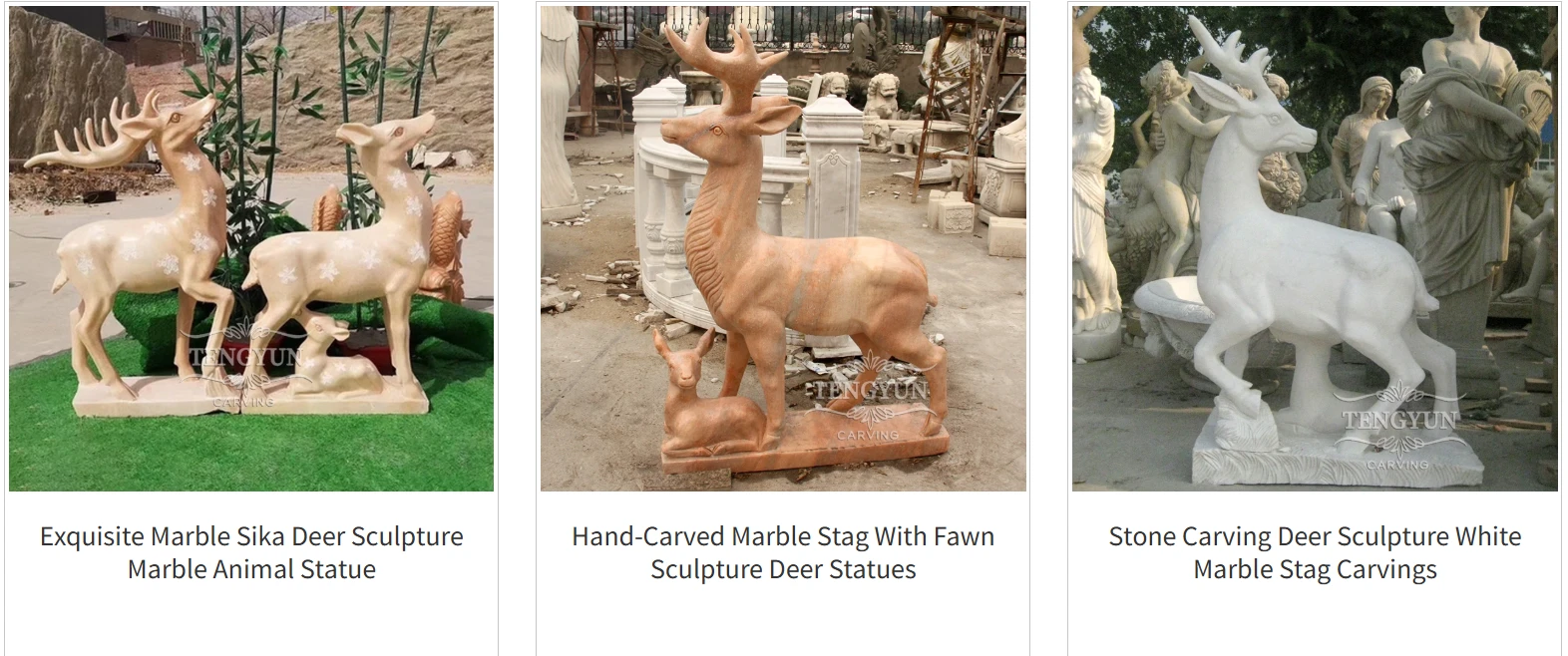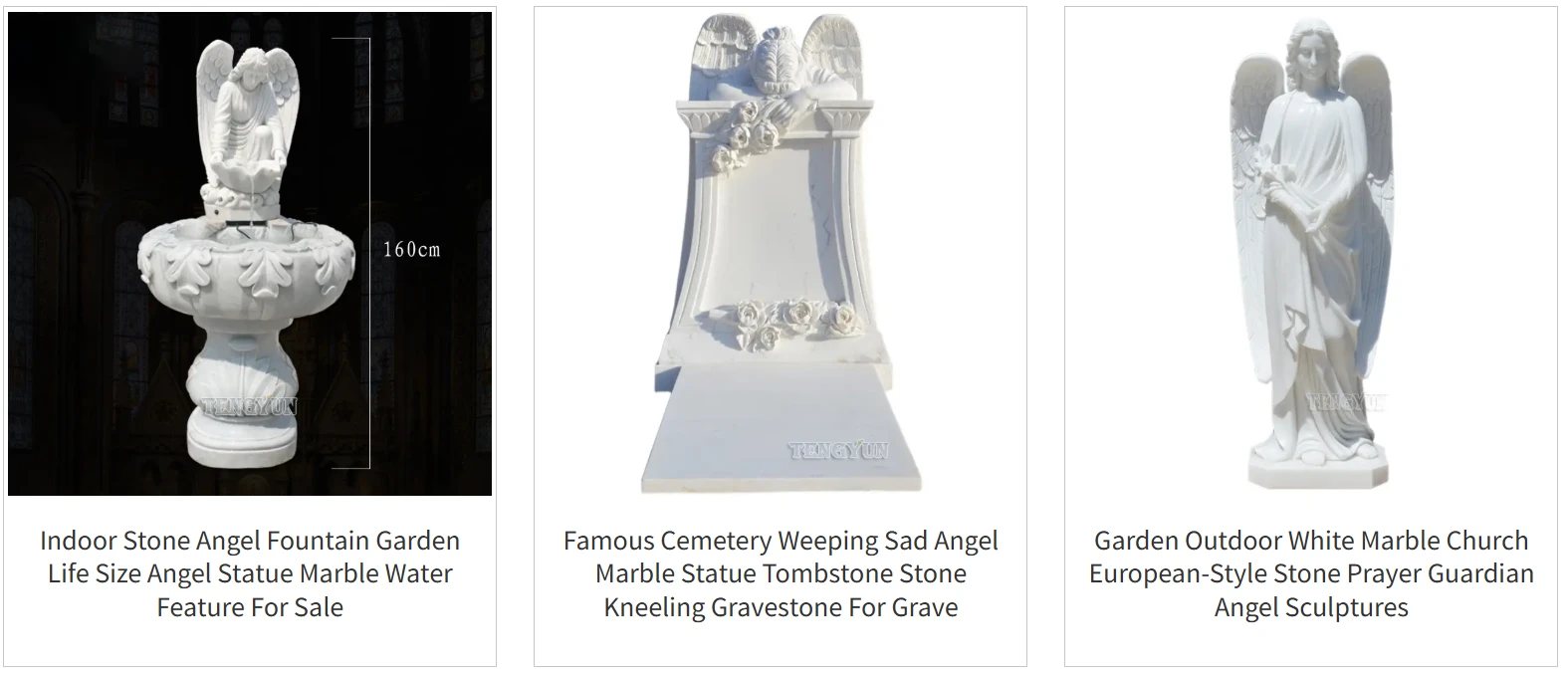Exquisite Bronze Cast Statues | Durable Artistry & Custom Designs
The Enduring Legacy and Modern Precision of Bronze Cast Statues
In the realm of durable and aesthetically significant artistic and architectural elements, the bronze cast statue stands as a testament to both ancient craftsmanship and contemporary engineering. Revered for its longevity, intricate detail capabilities, and resistance to environmental degradation, bronze casting remains the preferred method for creating enduring sculptures for public, private, and commercial applications. This detailed exposition explores the technical intricacies, application diversity, and strategic advantages of investing in high-quality bronze statuary.
Industry Trends and Market Evolution for Bronze Statuary
The market for bronze cast statue is experiencing a fascinating convergence of tradition and innovation. While the fundamental principles of bronze casting have remained consistent for millennia, modern advancements are shaping its trajectory. Key trends include:
- Digital Fabrication Integration: The advent of 3D scanning and printing allows for the creation of highly complex and precise molds, streamlining the initial stages of the lost-wax process and enabling accurate scaling of designs. This enhances the fidelity of even intricate pieces like a bronze egyptian statue.
- Sustainable Practices: There's a growing emphasis on environmentally responsible sourcing of bronze alloys and energy-efficient casting processes. Recycled bronze content is increasingly sought after by conscientious buyers.
- Bespoke and Custom Solutions: The demand for unique, highly personalized sculptures for corporate headquarters, public art installations, and luxury residential projects is soaring. This drives innovation in design and customization capabilities.
- Restoration and Preservation: With a vast heritage of existing bronze statues, the market for expert restoration and preservation services is vital, ensuring the longevity of historical artifacts.
- Global Sourcing and Logistics: Advances in global logistics have made it easier to procure specialized materials and deliver large-scale sculptures worldwide, expanding market reach for high-quality manufacturers.
These trends highlight a dynamic industry that values both the artisanal skill and the efficiencies offered by modern technology, ensuring the continued relevance and demand for expertly crafted bronze pieces.

The Meticulous Process of Bronze Cast Statue Manufacturing
The creation of a high-quality bronze cast statue is an elaborate multi-stage process, predominantly relying on the ancient yet refined lost-wax casting method, also known as cire perdue. This technique ensures exceptional detail and structural integrity, crucial for pieces like Antique Egyptian bronze Anubis statues.
Product Materials: Bronze Alloys
The primary material is bronze, an alloy predominantly of copper, usually with tin as the main additive, but often supplemented with other elements like zinc, manganese, and silicon to achieve specific properties. Common alloys for sculptural bronze include:
- Silicon Bronze (e.g., C87500, C87300): Preferred for artistic casting due to its excellent fluidity, strength, and corrosion resistance. It takes patinas exceptionally well.
- Naval Brass (e.g., C46400): While technically a brass, it's sometimes used for its high strength and corrosion resistance in marine environments, though less common for art.
- Architectural Bronze (e.g., C38500): Another brass commonly used for architectural elements, offering good machinability and an attractive finish.
The choice of alloy is critical, influencing the statue's ultimate strength, ability to hold fine detail, surface finish, and long-term durability.
Manufacturing Process (Lost-Wax Casting - Cire Perdue):
- Original Sculpture Creation: The artist creates the original model, typically in clay, wax, or a similar medium. For large outdoor garden decorative sculpture, this might be scaled up from a smaller maquette.
- Mold Making (Flexible Mold): A flexible silicone rubber mold is meticulously made from the original sculpture. This captures every minute detail. An outer plaster mold supports the flexible rubber.
- Wax Reproduction: Molten wax is poured into the flexible mold to create a hollow wax copy of the original sculpture. This wax copy is then refined and detailed by sculptors.
- Spruing and Venting: Wax rods (sprues) are attached to the wax model to create channels for molten bronze to flow into and for gases to escape (vents). This forms a "wax tree."
- Investment Shell Creation: The wax tree is repeatedly dipped into a ceramic slurry and dusted with refractory sand, building up a hard ceramic shell around the wax. This shell is the final mold.
- Dewaxing (Burnout): The ceramic shell is heated in a kiln, melting out the wax (hence "lost-wax"). The shell is then fired at high temperatures to cure and strengthen it, removing any residual wax.
- Bronze Pouring: Molten bronze, heated to approximately 1000-1150°C (1800-2100°F), is carefully poured into the preheated ceramic shell. Preheating the shell prevents thermal shock and ensures optimal bronze flow.
- De-vesting (Knockout): Once cooled, the ceramic shell is carefully broken away, revealing the rough bronze casting.
- Chasing and Finishing: The sprues and vents are cut off. Skilled artisans then chase (tool and polish) the bronze, removing imperfections, welding sections if the sculpture was cast in parts, and refining surface details. This stage is critical for achieving the desired aesthetic and high fidelity.
- Patination: Chemical solutions (e.g., nitrates, chlorides) are applied to the heated bronze surface to create a patina, a controlled oxidation layer that gives the statue its desired color and finish (e.g., verde gris, dark brown, black). A protective wax coating is then applied.
Testing Standards and Quality Assurance
Quality control throughout the process is paramount. Standards often adhere to:
- ISO 9001:2015 Certification: Ensures a robust quality management system for consistency and reliability in manufacturing processes.
- ASTM B148 (Aluminum Bronze Sand Castings): Though specific to aluminum bronze, it provides guidelines for mechanical properties and chemical composition for cast bronze. For artistic bronze, visual and dimensional accuracy are key.
- Visual and Dimensional Inspection: Every casting undergoes rigorous inspection for structural integrity, surface finish, and adherence to design specifications. Non-destructive testing (e.g., X-ray) may be employed for critical structural components.
Service Life and Target Industries
A properly cast and maintained bronze cast statue can have a service life spanning centuries. Bronze's inherent corrosion resistance, particularly silicon bronze, makes it ideal for outdoor applications.
Target industries include:
- Fine Art & Sculpture: Galleries, museums, private collectors.
- Architecture & Urban Planning: Public monuments, decorative building facades, fountains, landscape features.
- Historical Preservation: Replicas or restoration of historical artifacts.
- Luxury Goods & Interiors: High-end decorative pieces, bespoke installations.
- Memorialization: Statues for commemorative purposes in parks and cemeteries.

Technical Specifications and Material Properties
Understanding the material properties of the bronze alloy is crucial for predicting the performance and longevity of any bronze cast statue. Below are typical parameters for C87500 Silicon Bronze, a common choice for sculptural applications, alongside specific details for the featured product.
Product Specification: Antique Egyptian Bronze Anubis Statues
| Attribute | Specification |
|---|---|
| Product Name | Antique Egyptian bronze anubis statues Large size outdoor garden decorative sculpture |
| Material | High-grade Silicon Bronze (e.g., C87500 equivalent) |
| Casting Method | Traditional Lost-Wax Casting (Cire Perdue) |
| Dimensions | Customizable, typically large scale for outdoor use (e.g., 150cm H, 200cm H, or as per client requirements) |
| Finish | Custom patination (e.g., classic bronze, dark antique, verde gris, natural verdigris) with protective wax coating |
| Application | Outdoor gardens, public parks, private estates, architectural features, museum exhibits |
| Corrosion Resistance | Excellent, suitable for all outdoor weather conditions |
| Service Life | Centuries, with minimal maintenance |
| Weight | Varies significantly with size; typically substantial, requiring robust installation |
Typical Mechanical & Physical Properties of C87500 Silicon Bronze (Cast)
| Property | Value (Typical) | Unit |
|---|---|---|
| Tensile Strength (min) | 310 | MPa |
| Yield Strength (0.5% ext. under load) | 150 | MPa |
| Elongation (min) | 20 | % |
| Hardness, Brinell | 65-75 | HB |
| Density | 8.5-8.6 | g/cm³ |
| Melting Point | 982 - 1024 | °C |
| Electrical Conductivity | 11-15 | % IACS |
| Thermal Conductivity | 50-58 | W/m·K |
Note: These values are typical and may vary based on specific alloy composition, casting techniques, and heat treatment. Actual values should be confirmed with material certifications.

Diverse Application Scenarios of Bronze Cast Statues
The versatility of the bronze cast statue extends across a myriad of applications, demonstrating its adaptability and enduring appeal in various environments. From grand public statements to intimate personal tributes, bronze holds a unique place.
- Public Art Installations: Municipalities and urban planners frequently commission large-scale bronze statues for public squares, parks, and civic centers. These serve as focal points, historical markers, or symbols of community identity, designed to withstand decades of public interaction and weather exposure.
- Architectural Embellishments: Bronze is often incorporated into building designs as decorative elements, gargoyles, reliefs, or commemorative plaques, adding a touch of classical elegance and robust durability.
- Luxury Landscaping & Garden Features: Private estates and botanical gardens utilize bronze sculptures to enhance aesthetic value, providing focal points, accentuating themes, or creating tranquil meditation spaces. For example, a majestic cat bronze statue can add whimsy and sophistication to a garden.
- Corporate & Institutional Landmarks: Companies and universities commission bronze works to embody their ethos, commemorate founders, or signify achievement. These often become iconic symbols of the institution.
- Museum & Gallery Exhibits: Bronze remains a staple for fine art collections, valued for its ability to render intricate details and its historical significance as an artistic medium.
- Memorials & Tributes: The lasting nature of bronze makes it ideal for monuments and memorials dedicated to individuals, events, or collective memory, offering a profound and permanent form of remembrance.
The adaptability of bronze ensures that whether the requirement is for a large outdoor garden decorative sculpture or a meticulously detailed indoor piece, it delivers both aesthetic excellence and uncompromised structural integrity.
Technical Advantages of Bronze Statuary
The enduring popularity of bronze as a sculptural medium is rooted in its inherent technical advantages, which translate directly into long-term value and reduced total cost of ownership for clients.
- Exceptional Corrosion Resistance: Bronze naturally forms a stable patina layer that protects the underlying metal from further corrosion. This makes it supremely suitable for outdoor installations in diverse climates, including coastal or high-humidity environments, without significant degradation. This is a critical advantage over materials like steel or iron.
- Superior Durability and Mechanical Strength: Bronze alloys possess high tensile strength and yield strength, allowing for complex forms and slender elements that can withstand environmental stressors, vandalism attempts, and structural loads. Unlike stone, it is less prone to cracking from freeze-thaw cycles.
- Unparalleled Detail Fidelity: The lost-wax casting process allows for the reproduction of incredibly fine details from the original model, capturing the artist's intent with precision unmatched by other casting methods. This is vital for intricate figurative works or delicate textures.
- Aesthetic Versatility (Patination): Bronze surfaces can be treated with various chemical patinas to achieve a wide spectrum of colors and finishes—from lustrous browns and greens to deep blacks and blues. This artistic control over the final appearance allows for perfect integration into any design scheme.
- Longevity and Heritage Value: Bronze is proven to last for centuries, accumulating historical and artistic value over time. Investing in the bronze statue is an investment in a lasting legacy, with many ancient examples still standing testament to its durability.
- Low Maintenance: Once properly patinated and waxed, bronze statues require relatively low maintenance. Periodic cleaning and re-waxing are generally sufficient to preserve their appearance and protective layer.

Vendor Comparison and Selection Criteria
Selecting the right vendor for a bronze cast statue is a critical decision that impacts the quality, authenticity, and longevity of the final product. Discerning buyers in the B2B sector should evaluate potential partners based on a comprehensive set of criteria:
Key Comparison Parameters for Bronze Casting Foundries
| Criteria | High-Quality Vendor | Typical / Lower-Tier Vendor |
|---|---|---|
| Casting Method & Precision | Lost-wax casting with advanced investment materials; exceptional detail retention. | Sand casting or simplified lost-wax; coarser details, potential for defects. |
| Material Quality & Sourcing | Certified, virgin or high-grade recycled bronze alloys (e.g., C87500, C87300); material certificates available. | Unspecified bronze alloys; inconsistent composition, potential for impurities. |
| Artistic Finishing & Patination | Expert artisans for chasing, welding, and bespoke patinas; long-lasting, stable finishes. | Basic finishing; limited patina options, less durable or uneven finishes. |
| Quality Control & Standards | ISO 9001 certified; rigorous visual, dimensional, and sometimes NDT inspections at multiple stages. | Minimal QC; reliance on visual inspection only; higher risk of flaws. |
| Customization & Design Support | Full design consultation, 3D modeling, scaling, and intricate customization capabilities. | Limited customization, reliance on existing molds or basic modifications. |
| Project Management & Lead Time | Transparent project timelines, dedicated project managers, adherence to deadlines. | Vague timelines, communication gaps, frequent delays. |
| Warranty & After-Sales Support | Comprehensive warranty, maintenance guidelines, and responsive support for installation and long-term care. | Limited or no warranty, minimal support post-delivery. |
Prioritizing a vendor with demonstrable expertise and adherence to international quality standards ensures that the investment in a bronze sculpture yields a product of lasting beauty and structural integrity.
Customized Solutions for Bronze Cast Statues
For businesses and institutions seeking to create a truly unique statement, customized bronze cast statue solutions offer unparalleled flexibility. This bespoke approach allows for the realization of specific artistic visions, architectural integration, or commemorative requirements.
Our process for customized solutions typically involves:
- Conceptualization & Design Development: Collaborative engagement with clients to translate ideas into detailed design proposals, sketches, and 3D renderings. This includes considerations for scale, pose, thematic elements, and site integration.
- Prototyping & Maquette Creation: For complex designs, a smaller-scale prototype (maquette) is often created to refine details and ensure the artistic vision is accurately captured before proceeding to full scale.
- Material & Finish Selection: Guidance on optimal bronze alloy selection based on environmental factors and desired aesthetic, alongside a comprehensive palette of patination options to achieve the perfect finish.
- Structural Engineering & Installation Planning: For large-scale outdoor sculptures, detailed engineering assessments ensure structural stability, wind load resistance, and proper anchoring. Comprehensive installation plans are developed, often involving specialized heavy lifting and site preparation.
- Project Management & Communication: A dedicated project manager ensures seamless communication, transparent progress reporting, and adherence to timelines from initial concept to final installation.

Application Case Studies
Real-world applications demonstrate the impact and versatility of expertly crafted bronze statuary.
Case Study 1: Public Park Enhancement – "The Guardian"
A major metropolitan park sought to introduce a landmark sculpture to revitalize its central plaza and attract visitors. Our team was commissioned to produce "The Guardian," a 3.5-meter tall bronze cast statue depicting a stylized falcon, embodying strength and environmental stewardship. Utilizing C87500 silicon bronze, chosen for its superior strength-to-weight ratio and excellent corrosion resistance in urban environments, the sculpture was cast using the lost-wax method to capture intricate feather details. Installation involved a reinforced concrete base and secure internal armature, ensuring stability against high winds and public interaction. The final dark antique patina not only complemented the natural surroundings but also provided an additional layer of protection. This project significantly boosted park attendance and community engagement, receiving widespread critical acclaim.
Case Study 2: Corporate Headquarters – "Ascension"
A leading technology firm commissioned an abstract bronze sculpture, "Ascension," for its new global headquarters' main atrium. The 2-meter tall piece symbolized innovation and growth, requiring a sleek, modern aesthetic. Precision lost-wax casting ensured the smooth, flowing lines and sharp edges of the abstract form were perfectly rendered. A custom polished bronze finish, maintained by a clear protective coating, maximized its reflectivity and visual impact within the brightly lit indoor space. Our expertise in complex design translation and meticulous finishing was crucial to meeting the client's high standards for a statement piece that aligns with their brand identity, making it a focal point for visitors and employees alike.

Frequently Asked Questions (FAQ)
Q: What is the typical lead time for a custom bronze cast statue?
A: Lead times vary significantly based on the complexity, size, and current project queue. For a large-scale custom project, expect a timeframe of 8 to 24 weeks from final design approval to completion. Smaller, less complex pieces may be completed in 4-8 weeks. Detailed timelines are provided upon project scope finalization.
Q: What kind of warranty do you offer on your bronze statues?
A: We stand by the quality of our craftsmanship and materials. Our bronze cast statue products come with a 20-year limited warranty against defects in materials and workmanship, provided they are installed and maintained according to our guidelines. This warranty covers structural integrity and material quality.
Q: How do you handle shipping and installation for large outdoor sculptures?
A: We provide comprehensive logistics solutions, including professional crating, international shipping, and customs clearance. For installation, we offer detailed technical guidance and can dispatch a supervisory team to assist with on-site placement and secure anchoring for large outdoor garden decorative sculpture, ensuring proper and safe execution.
Q: What maintenance is required for a bronze statue?
A: Bronze statues require minimal maintenance. For outdoor pieces, we recommend periodic cleaning with mild soap and water to remove dirt and environmental pollutants, followed by re-application of a protective wax coating (typically every 1-3 years depending on environment) to preserve the patina and protect the bronze. Detailed care instructions are provided with each sculpture.
Q: Can you work from existing models or only original designs?
A: We are equipped to work from various starting points, including client-supplied models, 3D files, photographs, or concept sketches. Our in-house sculptors and designers can also develop original concepts tailored to your specifications, ensuring the integrity of your artistic vision for any bronze statues.
Conclusion: The Enduring Value of Bronze Cast Statues
The selection of a bronze cast statue represents an investment in unparalleled artistic expression, material durability, and lasting legacy. From the meticulous lost-wax casting process to the final intricate patination, every stage ensures a product of exceptional quality, capable of withstanding the test of time and environment. For B2B stakeholders in architecture, urban development, luxury landscaping, or institutional art, bronze offers a superior solution that combines aesthetic grandeur with robust engineering. Partnering with an expert foundry committed to high standards of material, craftsmanship, and customer service is paramount to realizing the full potential of this venerable art form.
References
- ASM Handbook, Volume 2: Properties and Selection: Nonferrous Alloys and Special-Purpose Materials. ASM International, 1990.
- ASTM International. Standard Specification for Copper-Base Alloys in Ingot Form for Sand Castings (B30).
- National Association of Corrosion Engineers (NACE International). Control of Corrosion on the Exterior of Bronze Statues.
- ISO 9001:2015 - Quality management systems - Requirements.
- Getty Conservation Institute. The Care of Bronze Sculpture.
Post time:Srp . 29, 2025 07:40
